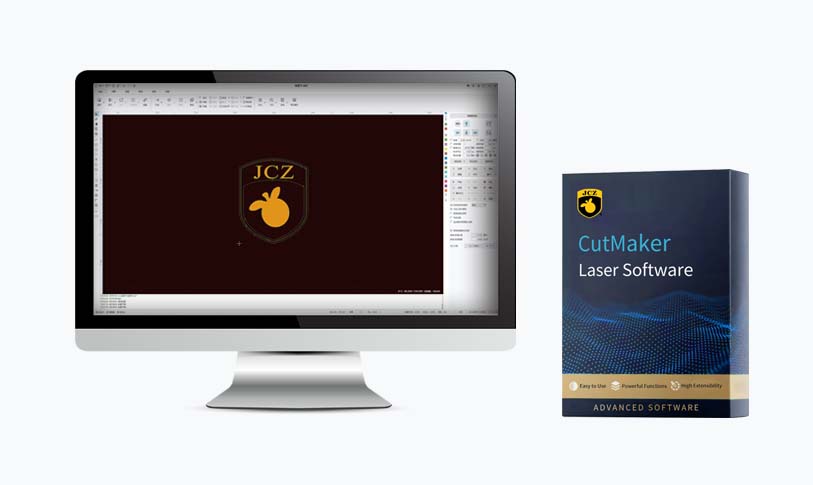****

Unlock Your Creativity: The Best 3D Printing Software to Elevate Your Printing Projects in 2023
In recent years, 3D printing has revolutionized design and manufacturing, enabling individuals and businesses to create intricate models and prototypes with relative ease. However, the quality of a 3D print often relies heavily on the software used to design and process the 3D models. With countless options available, choosing the best 3D printing software can be daunting. This article explores some of the best 3D printing software options available in 2023, highlighting their features, usability, and unique advantages.
1. TinkerCAD
**Ideal for Beginners**
One of the most user-friendly programs available is TinkerCAD. Developed by Autodesk, TinkerCAD is a web-based application that makes designing 3D models a breeze. Its intuitive drag-and-drop interface allows users to create complex geometries without any prior experience in CAD software. TinkerCAD is particularly well-suited for educators and hobbyists. With a vibrant community and numerous tutorials, users can quickly learn the ins and outs of the software.
TinkerCAD supports the export of various file types, including STL and OBJ, making it compatible with most 3D printers. Its integration with 3D printing services also simplifies the process of sending your designs for printing, removing barriers for newcomers eager to bring their ideas to life.
2. Fusion 360
**For Professionals and Advanced Users**
When it comes to more advanced modeling, Autodesk’s Fusion 360 stands out as one of the best 3D printing software solutions. Offering a comprehensive set of features including parametric, freeform, and mesh modeling, Fusion 360 caters to professional designers and engineers. Its collaboration tools allow multiple users to work on the same project simultaneously, a significant advantage for teams.
Fusion 360 also excels in simulation and rendering, providing users the capability to test designs for performance under real-world conditions before ever hitting the print button. This feature is invaluable in industries like aerospace and mechanical engineering. The software’s ability to generate toolpaths for CNC machining further adds to its versatility, making it an all-in-one solution for design and production.

Unlock Your Creativity: The Best 3D Printing Software to Elevate Your Printing Projects in 2023
3. Blender
**Perfect for Artistic Creations**
If you’re seeking artistic freedom and versatility in your 3D designs, Blender is undoubtedly the best choice. This open-source software is famed for its powerful sculpting and animation capabilities. Blender is perfect for artists looking to model intricate, organic shapes or create complex animations, making it a popular choice for game design and film production.
Blender includes a vast array of tools, enabling users to customize textures, materials, and lighting. The software may have a steeper learning curve than simpler applications like TinkerCAD, but numerous tutorials available online make it accessible to those willing to invest time in mastering it. Additionally, Blender offers formidable export options, including STL and OBJ, to ensure compatibility with most 3D printers.
4. Cura
**The Go-To Slicing Software**
No discussion about 3D printing software is complete without mentioning Cura. Developed by Ultimaker, Cura is one of the most popular slicing software programs, thanks to its user-friendly interface and advanced features. Slicing software converts 3D models into a language that 3D printers can understand by breaking down models into layers.

Unlock Your Creativity: The Best 3D Printing Software to Elevate Your Printing Projects in 2023
Cura supports a variety of 3D printer models and provides customizable settings for temperature, speed, and layer height. For those who want to optimize their prints, Cura offers built-in profiles for various materials including PLA, ABS, and TPU, allowing users to achieve high quality and reliable results every time.
5. Simplify3D
**Professionals Seeking Speed**
For users willing to invest in a paid solution, Simplify3D is a standout choice. With its proprietary slicing algorithm, Simplify3D boasts faster slicing times and greater control over the printing process. Its user interface is designed for efficiency, allowing users to preview their prints in 3D and adjust settings such as support structures and infill parameters easily.
Simplify3D is particularly beneficial for professional users and small businesses that require precise control over their printing parameters. With extensive compatibility across various printers and a robust set of features for managing multiple models, Simplify3D makes it easy to streamline complex printing projects.
Conclusion
Choosing the best 3D printing software for your needs depends on your experience level, desired features, and project goals. From user-friendly options like TinkerCAD to sophisticated tools like Fusion 360 and Blender, numerous software solutions can enhance your 3D printing experience. As technology advances, staying updated on the best 3D printing software options will ensure that your creative projects are efficient, precise, and of the highest quality. Whether you are a hobbyist or a professional, explore these tools and unlock your full potential in the exciting world of 3D printing.fiber laser marking machine 50w




